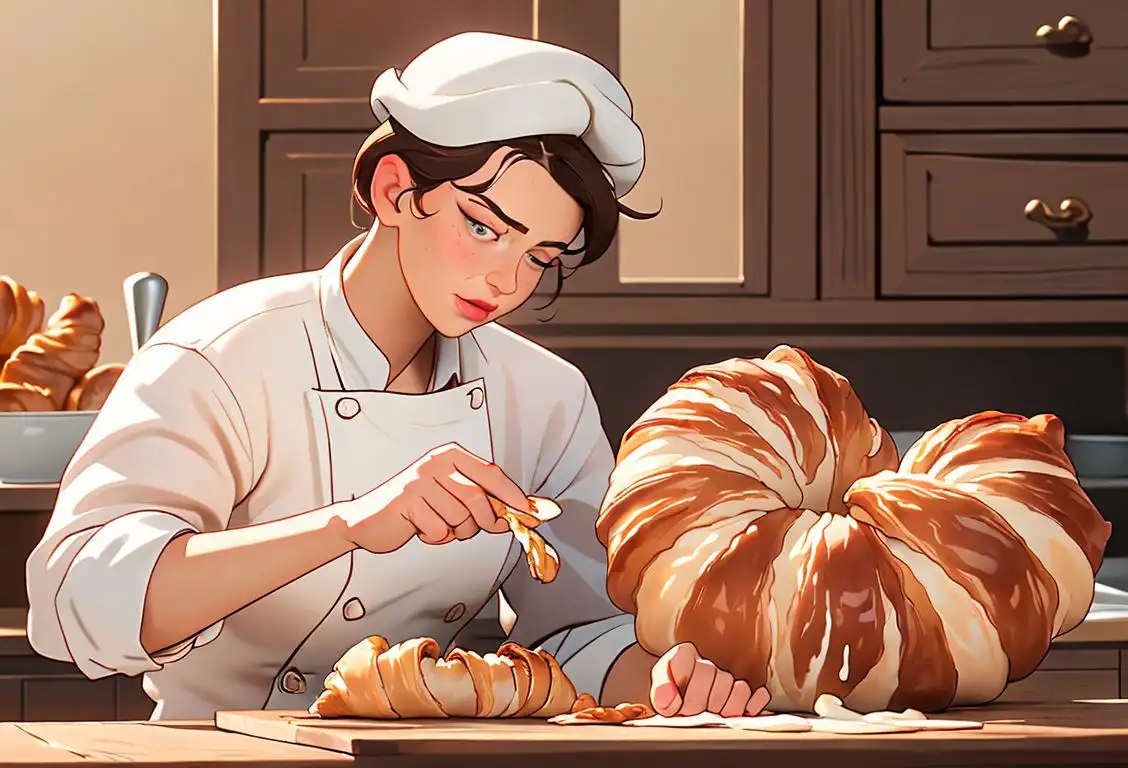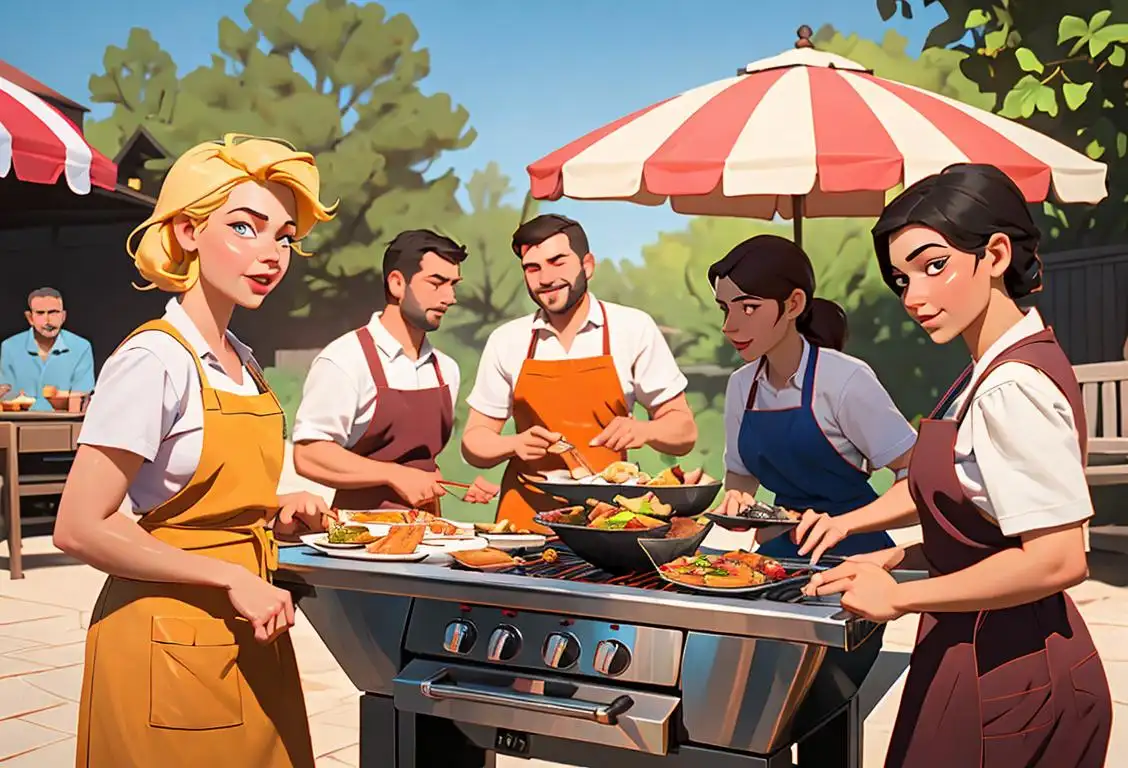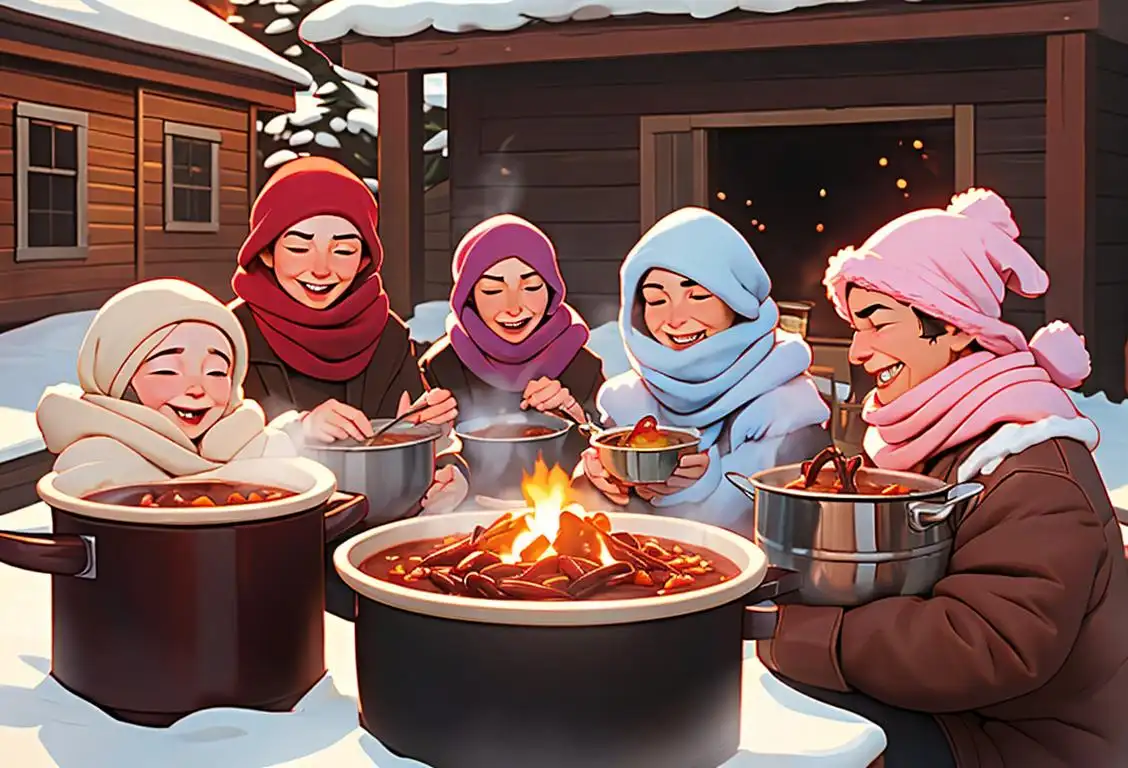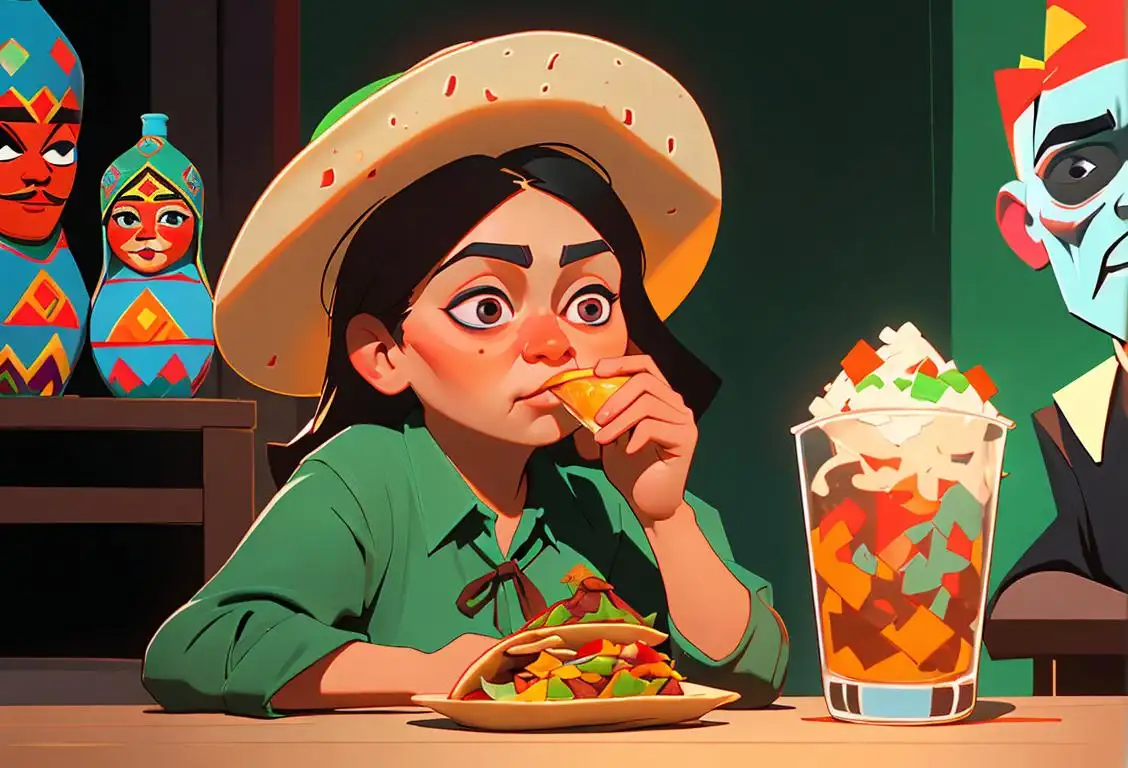National Cornbread Day

Raise your spatulas and set your oven timers, it's time to celebrate National Cornbread Day! A day that combines culinary creativity with good-old, down-home flavors, it's a foodie favorite that you knead to know about.
When is Cornbread Day?
It's national cornbread day on the 6th April.
History of National Cornbread Day
While there might not be a detailed, encyclopedia-worthy backstory behind National Cornbread Day – let's be honest, it’s probably the handiwork of a rogue baker intent on giving this oh-so-delicious bread the recognition it deserves – it's still a day to note and celebrate. It has become an internet sensation with 15 online mentions, and a noticeable surge of Cornbread love on the 6th of April 2021.
Cornbread: The Comfort Food Staple
Across many cultures, cornbread has been a comforting staple for centuries. In the United States, it's the heart of Southern cuisine – anyone who's ever bitten into a warm piece smeared with butter knows it’s downright tasty. In Native American culture, corn was a sacred food and cornbread, its pop culture cousin, holds a similar place of honor. Whether served alongside chili, buried under creamed corn, or eaten on its own, there's no denying cornbread’s culinary popularity.
The Cornbread Craze
Every year, we celebrate National Cornbread Day amidst a flurry of crumbled cornmeal and delicious aromas wafting from kitchen windows. Fans share their favorite recipes for buttermilk cornbread, jalapeno cornbread, cheese cornbread - the options are endless. Chefs and bakers, professional and home-based alike, use this day to unleash their creativity, often with results as varied and wonderful as the people who make them.
Join the Celebration
So how can you mark National Cornbread Day yourself? By diving headfirst into a delightful dish of cornbread, of course. Make your own or head to your local bakery - either way, don't forget to share the cornbread love online. And who knows? Maybe your post will be among the most mention-worthy next year!
History behind the term 'Cornbread'
Early 1600s
The Arrival of Cornbread
Cornbread made its first appearance in the early 1600s when European settlers arrived in the Americas. These settlers encountered Native American tribes who had been cultivating and utilizing corn for centuries. Native Americans had already perfected the art of making cornbread, using ground cornmeal mixed with water and sometimes other ingredients. The European settlers quickly recognized the versatility and practicality of cornbread and began incorporating it into their own diets.
1800s
The Beginning of Cornbread
Cornbread originated in the United States during the 1800s. It quickly became a staple in Southern cuisine due to the abundance of corn in the region. Cornbread was initially cooked in cast iron skillets or pans over an open fire or on a stove.
1700s
First American Cornbread
In the 1700s, during the colonial era, the term 'cornbread' emerged in America. The Native Americans had been using corn in their traditional cuisine for centuries, but it was the arrival of European settlers that popularized cornbread as a staple food. They adapted their European recipes to the available ingredients, using cornmeal as a substitute for wheat flour. This led to the creation of the first American cornbread, which quickly became a beloved part of Southern cuisine.
1700s
Variations and Regional Influences
As cornbread became more popular, different regions in the Americas developed their own variations of this beloved dish. In the southern United States, for example, people began mixing cornmeal with buttermilk and adding ingredients like bacon grease or lard for added richness. This style, known as Southern cornbread, often lacks sugar and has a crumbly texture. In contrast, Northern cornbread tends to be sweeter and lighter, with the addition of sugar and sometimes flour. There are also regional variations within different countries, such as Mexican cornbread which often includes ingredients like chili peppers and cheese.
1800s
Variations and Regional Differences
Throughout the 1800s, as the United States expanded westward, cornbread recipes continued to evolve. Different regions developed their own variations based on local tastes and available ingredients. In the South, cornbread tended to be made with little or no sugar and cooked in a cast-iron skillet, resulting in a crispy crust. In the North, a sweeter version known as 'Johnny Cake' or 'journey cake' became popular. Cornbread became an essential part of home cooking, particularly in rural areas.
1861
Civil War and Hardtack Biscuits
During the American Civil War, soldiers received rations that often included hardtack biscuits. Hardtack was a dry, durable cracker made from flour, water, and salt. However, soldiers would often crumble hardtack into water to make a quick porridge-like dish. This technique of crumbling bread into a liquid likely influenced the evolution of cornbread.
1900s
Depression-Era Staple
During the Great Depression of the 1930s, cornbread gained even more prominence as a staple food. Its affordability and simplicity made it a practical choice for families struggling through hard times. The United States government encouraged the consumption of cornbread as a way to combat malnutrition. In response, various organizations published recipes that used cornmeal creatively, such as adding vegetables or beans to increase the nutritional value. Cornbread became a symbol of resourcefulness and resilience during difficult times.
Late 1800s
Native American Influence
Native Americans, particularly the Cherokee and Creek tribes, had a significant influence on cornbread. Their traditional bread, called pone, was made from cornmeal mixed with water and baked. The Native American method of cooking cornbread involved burying the dough in hot ashes, giving it a unique flavor and texture.
19th Century
Cornbread as a Staple Food
During the 19th century, cornbread solidified its status as a staple food for many communities. Corn was an affordable and abundant crop, making cornbread an accessible source of nutrition. It became a common dish on pioneer trails, in rural households, and was even used as rations during the American Civil War. The versatility of cornbread allowed it to be served as a simple everyday meal or transformed into more elaborate dishes by adding various ingredients.
Present
Continued Popularity and Cultural Significance
Cornbread remains popular in American cuisine to this day. It is a versatile side dish enjoyed with a variety of meals, from barbecue to chili. Cornbread is also an integral part of soul food, a cuisine that originated from African American culture. It is often served alongside dishes like fried chicken, collard greens, and black-eyed peas. In recent years, there has been a resurgence of interest in traditional cooking methods, leading to a renewed appreciation for cornbread cooked in cast-iron skillets or cornbread muffins. With its rich history and cultural significance, cornbread continues to be a beloved part of American culinary heritage.
20th Century
Cornbread in Popular Culture
In the 20th century, cornbread continued to be celebrated and enjoyed not only for its practicality but also for its cultural significance. It became a symbol of Southern cuisine and soul food, representing comfort, tradition, and heritage. Its popularity extended beyond the United States, with cornbread gaining international recognition as a delicious and versatile dish. Today, cornbread can be found on menus worldwide and is still an integral part of many regional cuisines, beloved by people from all walks of life.
1900s
Variations and Cultural Integration
In the early 1900s, cornbread continued to evolve and adapt based on regional preferences and cultural influences. African American cooks added buttermilk and bacon drippings to enhance the flavor, while Mexican immigrants introduced cornbread recipes featuring peppers and other spices.
1960s
Cornbread Renaissance
During the 1960s, there was a resurgence of interest in traditional and regional cuisines. Cornbread gained popularity as part of the soul food movement, which highlighted African American cuisine. Restaurants and home cooks alike began experimenting with different types of cornbread, including sweet cornbread and cornbread muffins.
Present Day
Cornbread's Widespread Appeal
Today, cornbread remains a beloved comfort food across the United States. It can be found in various forms, from fluffy and tender to dense and crumbly. Cornbread is often served as a side dish with barbecue, chili, or fried chicken. It has also become a symbol of Southern hospitality and tradition.
Did you know?
‘Corn pone’ is a type of cornbread made from a simple recipe of cornmeal, water, and salt. It’s believed that this recipe was spread widely by Native Americans and was commonly used during American Civil War when resources were scarce.Tagged
food fun love culture bakingFirst identified
6th April 2021Most mentioned on
6th April 2021Total mentions
15Other days
Cornbread Day
Pastry Day
Hot Chocolate Day
Daiquiri Day
Eat What You Want Day
Martini Day
Braai Day
Noodle Day
Chili Day
Taco Vodka Day








